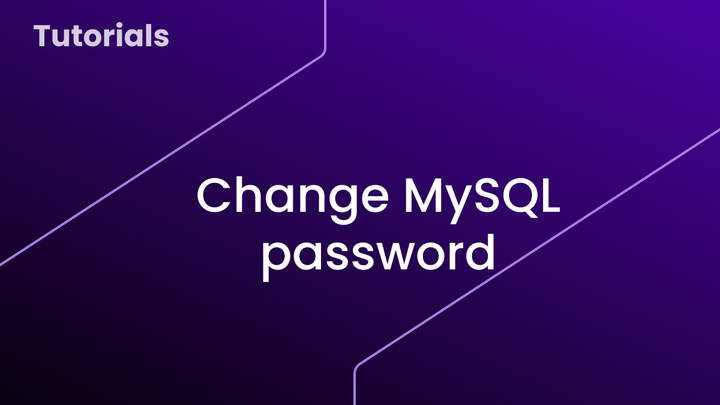How to change a MySQL user password?

MySQL is one of the most popular database management systems (DBMS). In most cases, it is installed via package managers such as Debian, Ubuntu, or RedHat and configured with default settings.
By default, you can connect as root using the process socket with the following command (from the root user):
mysql -u root
Let’s go over how to change the password for MySQL users, whether it’s a standard account or the root account.
Changing a standard MySQL user password
To modify a MySQL user’s password, use the following command:
ALTER USER 'username'@'localhost' IDENTIFIED BY 'new_password';
Define a new standard MySQL user password
Listing MySQL users
If you want to display the list of existing users, run this command:
SELECT user, host FROM mysql.user;
List MySQL users
root@127.0.0.1 can have a different password than root@%.Changing the MySQL root password
To change the MySQL root password, run the following command:
SET PASSWORD FOR 'root'@'localhost' = PASSWORD('new_root_password');
Set a new password for root user
Once the password is changed, apply the new settings immediately with:
FLUSH PRIVILEGES;
Force privileges reload
Other Useful MySQL Commands
Delete a MySQL user
DROP USER 'username'@'localhost';
Delete a MySQL user
List your MySQL databases
SHOW DATABASES;
List your databases
Going further
Want to deepen your knowledge of MySQL management? Check out our complete guide on using mysqldump to efficiently back up and restore your MySQL databases.
At Datashelter, we are experts in data backup solutions. Feel free to contact us for a free demo or personalized support in defining the best backup strategy for your company or your end clients.



